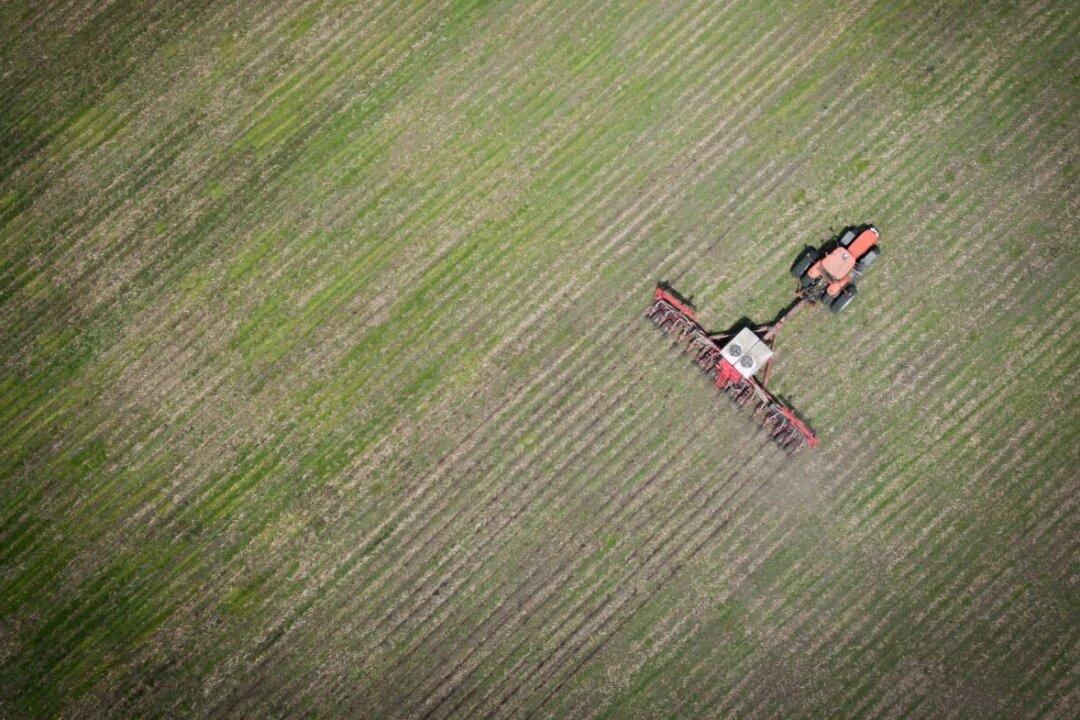Beep. Beep. Beep. It’s the familiar sound of food being scanned and placed into bags at your local grocery store. You just went in for a few things and meant to keep it under $100. But you walk away with a new case of sticker shock and fewer bags than $100 used to buy.
Inflation has hit every link of the food chain, such as diesel that fuels tractors in the field, and the trucks that deliver food from farm to the processor, to the warehouse, and then to the retail store.





